A new exhibition, set within ancient ruins in Normandy, paints a portrait of a transitioning China — through 13 photographers’ and 80 works that explore the river
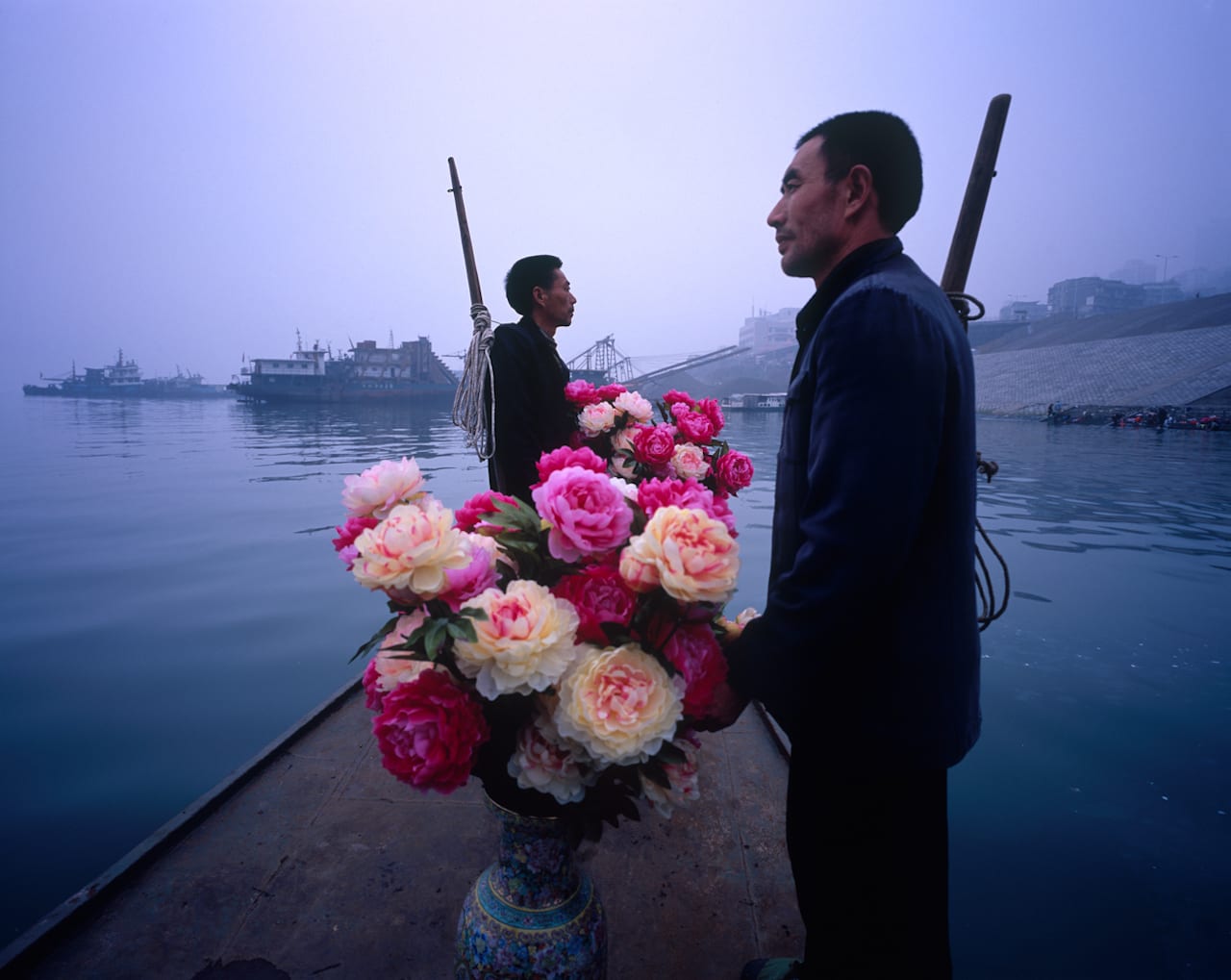

A new exhibition, set within ancient ruins in Normandy, paints a portrait of a transitioning China — through 13 photographers’ and 80 works that explore the river
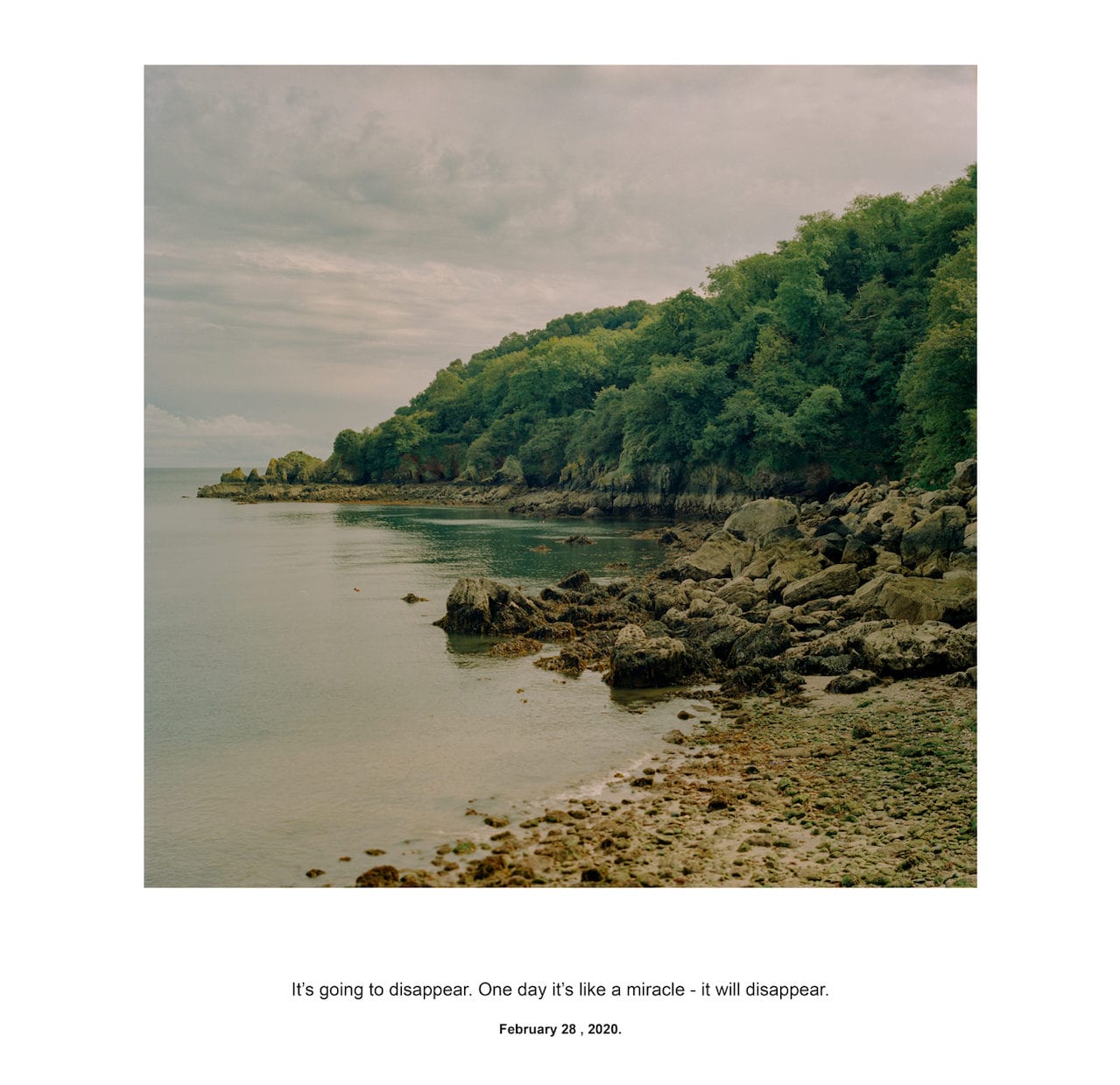
Selley discusses his latest project, which combines image and sound from landscapes where evidence of the first human species in the UK were found, with anonymous quotes from world leaders
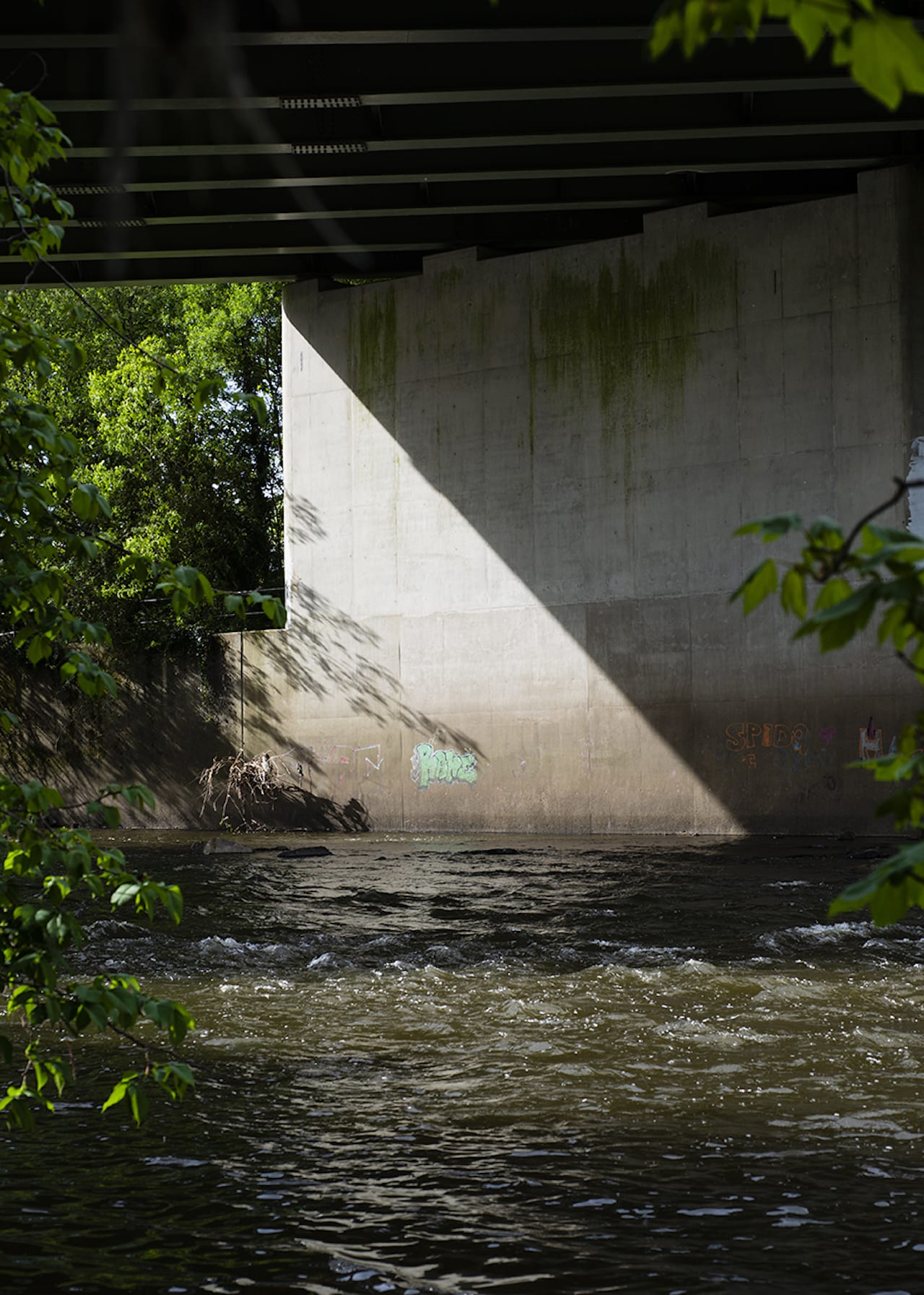
Jon Pountney shares images and reflections from lockdown in Treforest, a village near Pontypridd, southern Wales
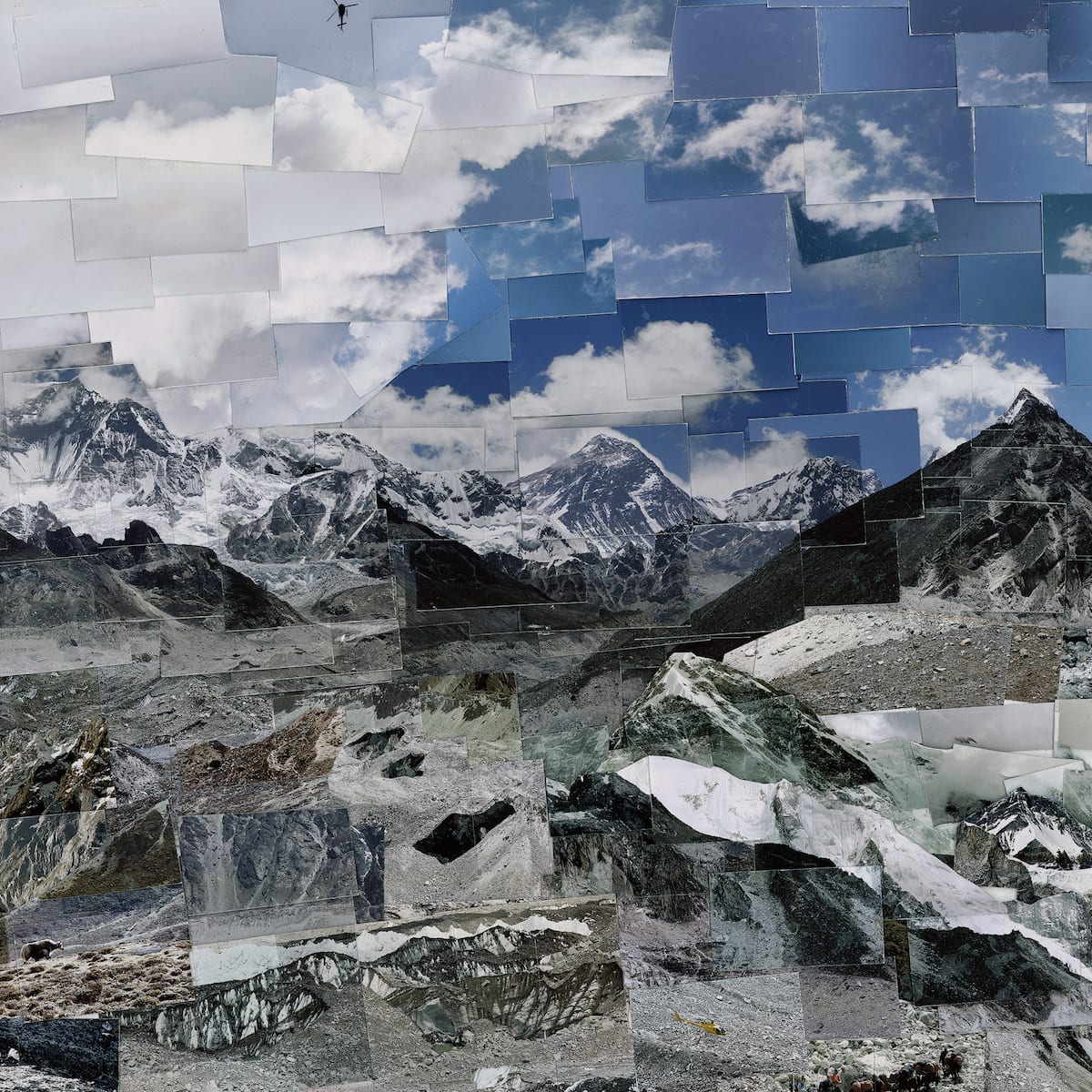
“I see my work as a kind of tapestry, which is woven by thousands of threads to create one image”
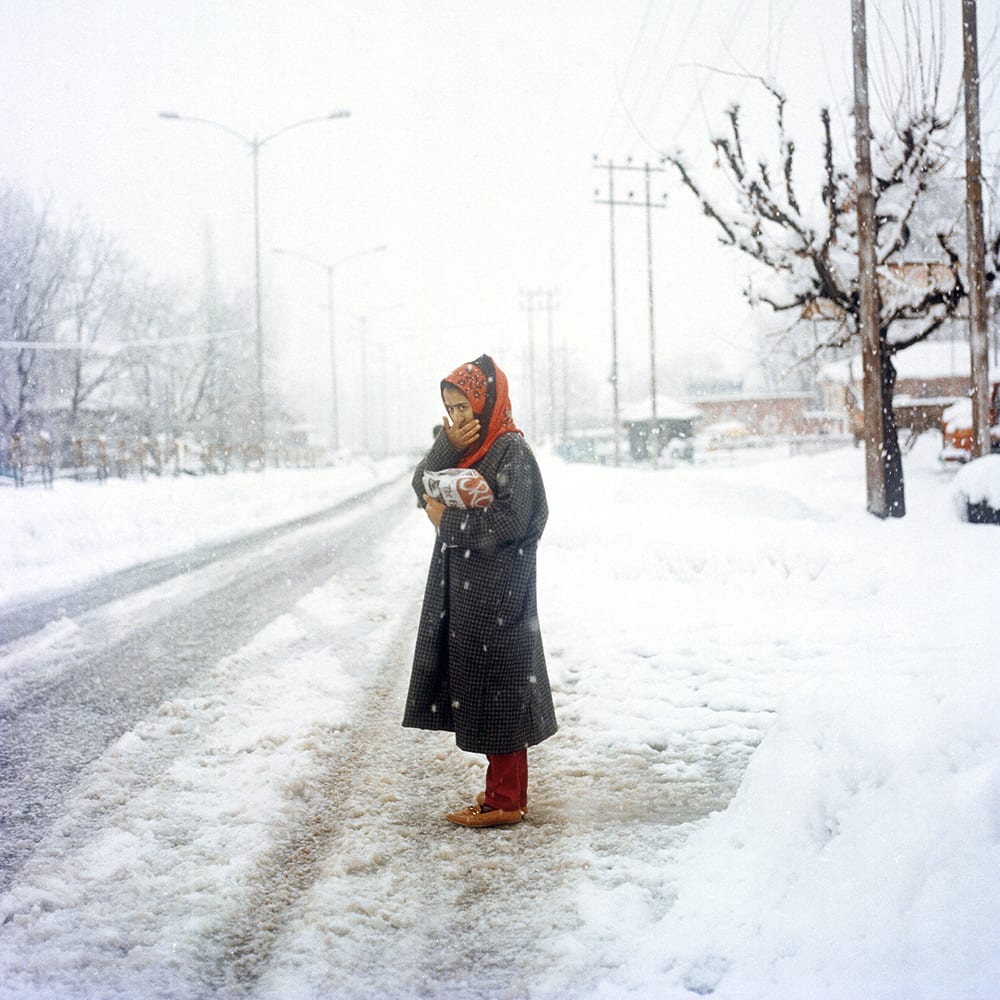
On his first visit to Kashmir, its beauty blinded Hura. The experience sparked an ongoing project on the region shaped by the snow that engulfs it
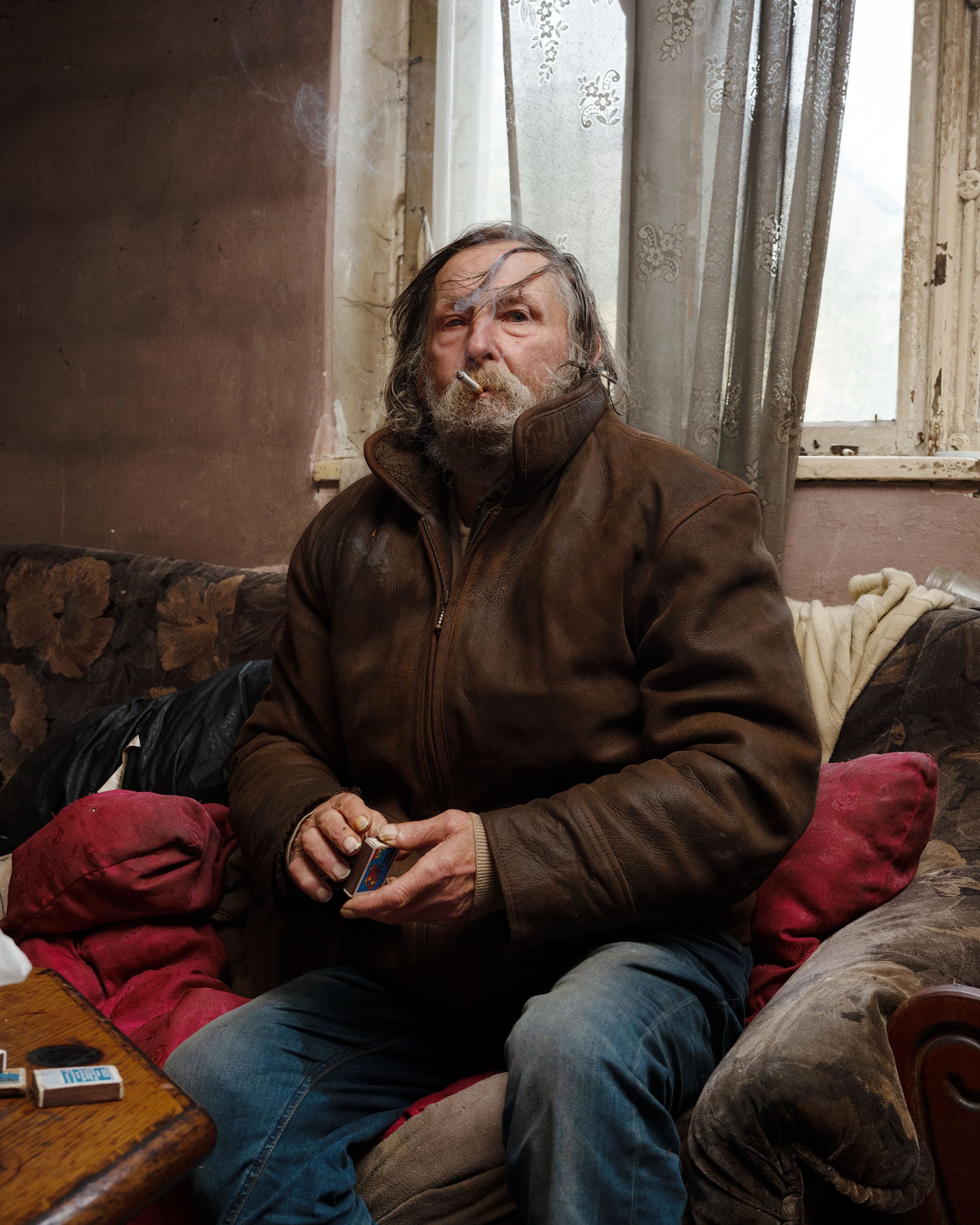
An ambitious ongoing project by photographer Rob Hornstra and writer/filmmaker Arnold van Bruggen puts the spotlight on peripheral European heartlands
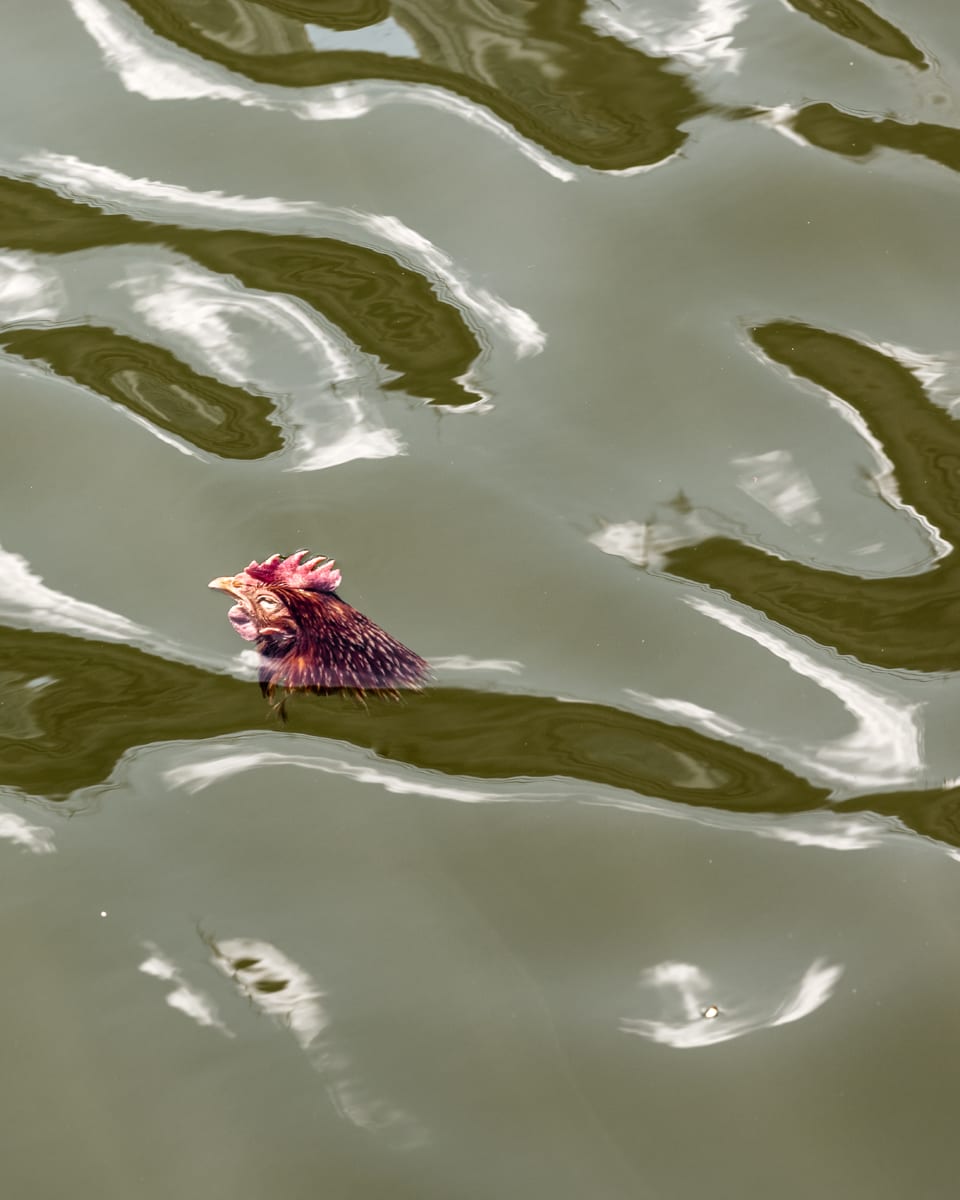
Anastasia Samoylova’s photobook FloodZone captures the insidious progression of climate change in Florida’s southeastern city
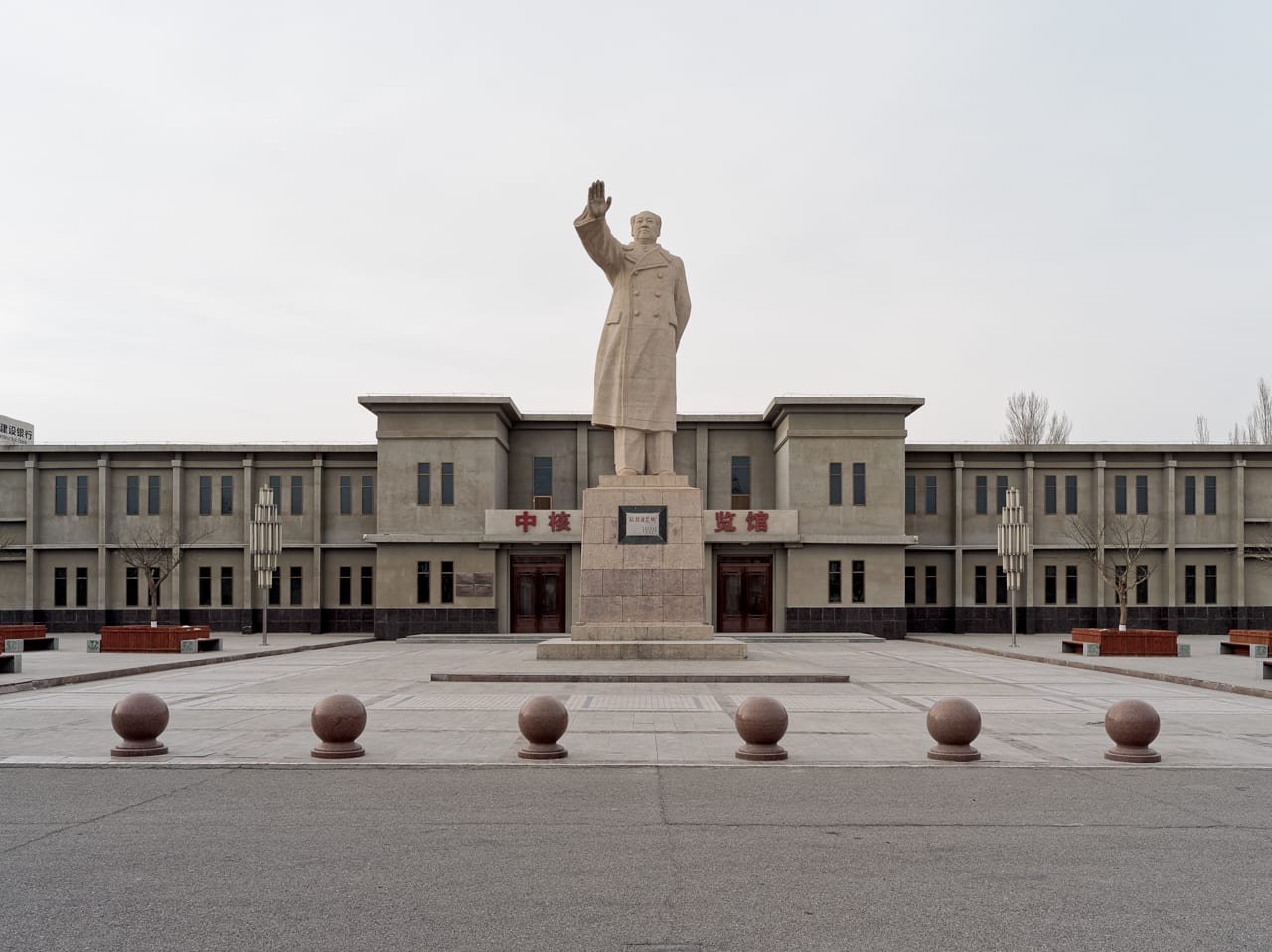
Li Yang returned to photograph his hometown, an abandoned city known as 404, which was once China’s largest nuclear base
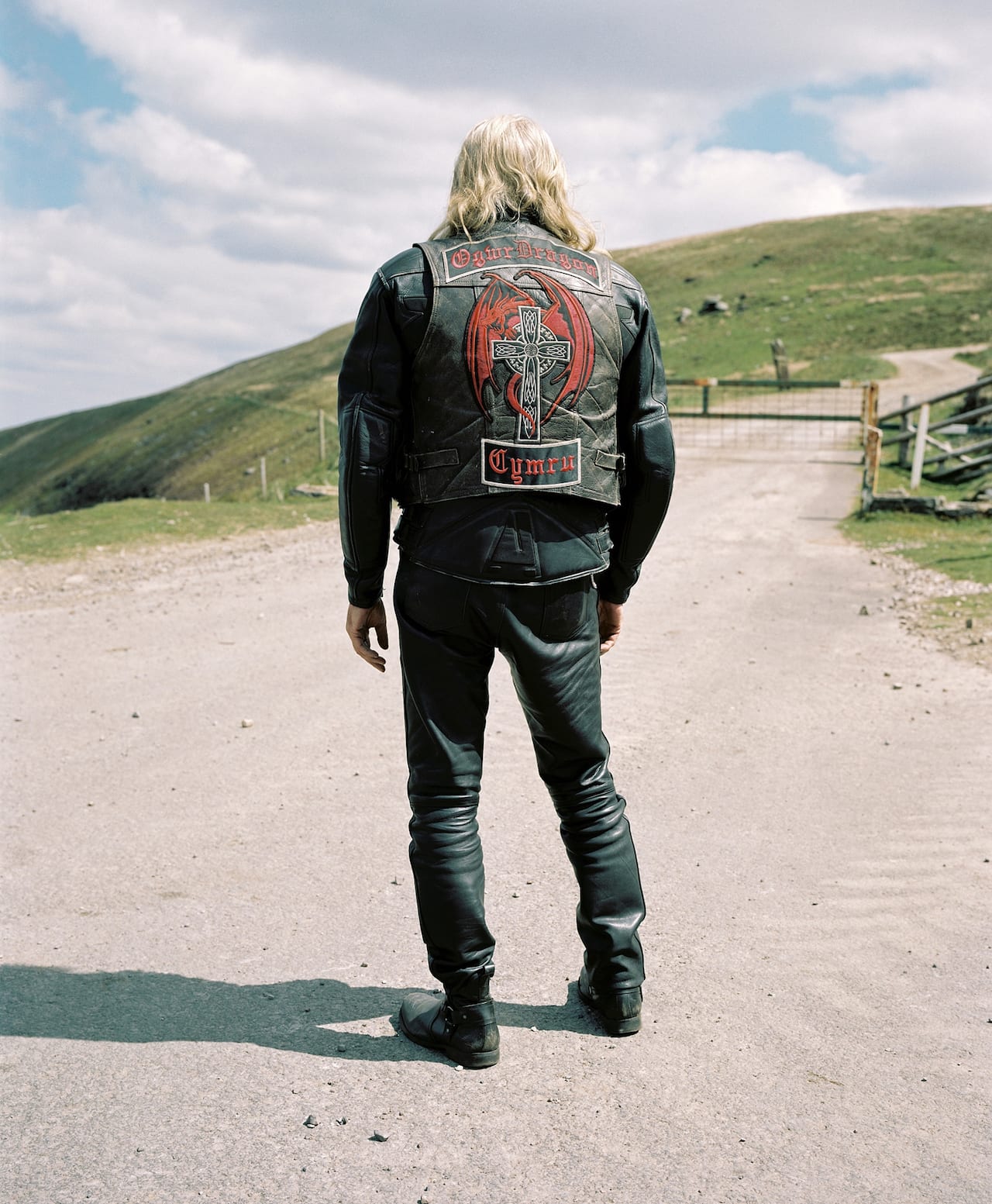
In his latest book, Gap in the Hedge, Dan Wood looks at how a place affects the way you see the world around you, how it can open your mind to new vistas, create spaces for your imagination to run wild, and make an identity that is rooted in the landscape in ways that can be expanding or limiting.
The title refers to Bwlch-y-Clawdd, the mountain pass that joins Bridgend to the former mining communities of the Rhondda Valley. Built in 1928, the road was Wales’ biggest construction project at the time, intended to lift the Rhondda out of its over-reliance on coal mining. And it was some reliance. At its coal-mining peak, South Wales produced one third of global coal exports, with large numbers of migrants moving in to mine the coal, making it a surprisingly diverse community for a place that is still regarded as quintessentially Welsh.
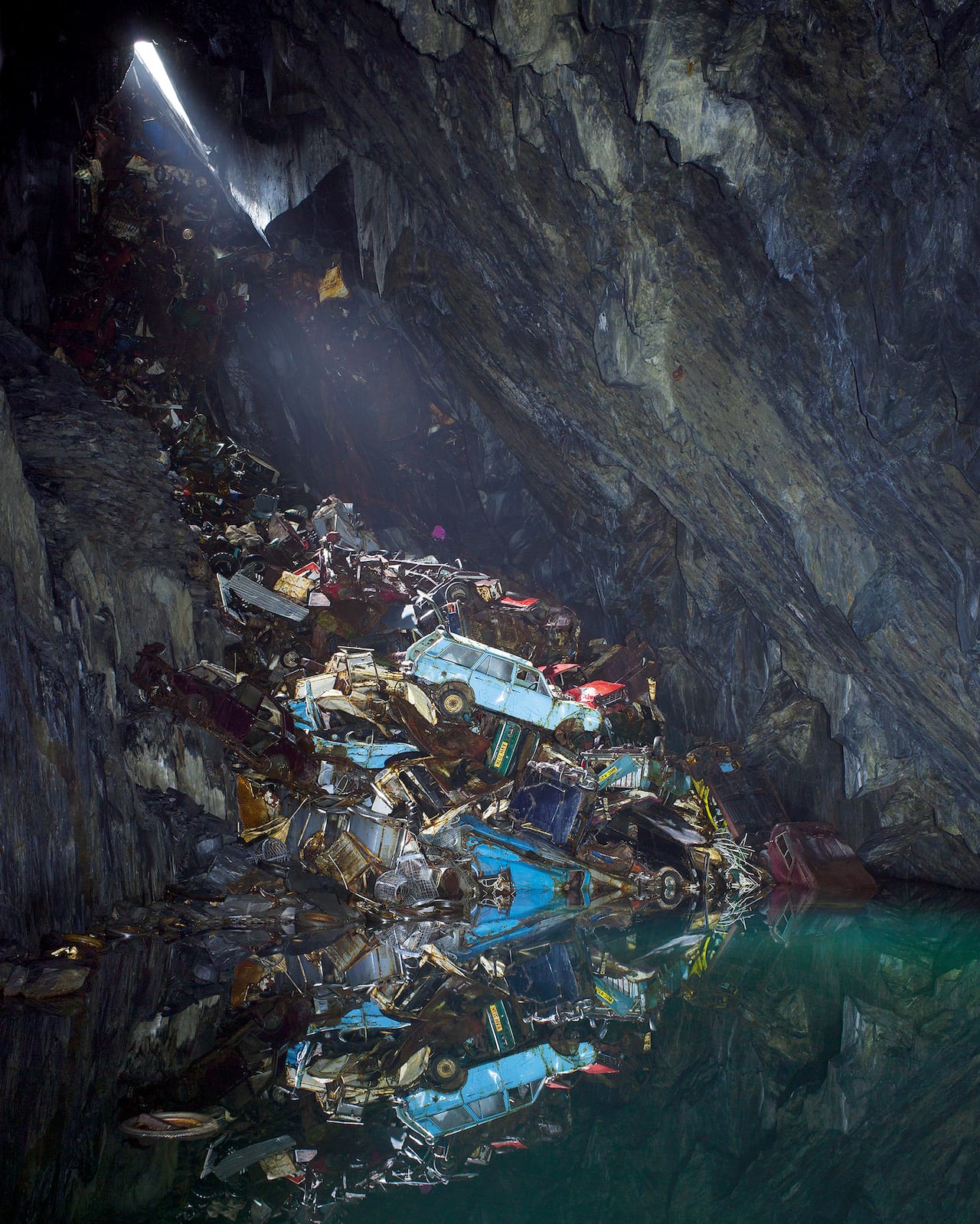
“I see the bastard countryside everywhere I go,” says Robin Friend, pointing out of the window of his studio in East London, where an ivy plant has climbed up a nearby wall and is wrapping its vines around a rusting CCTV camera. “I ran with this idea of city and countryside splattering into each other, creating this hybrid nature,” explains Friend, who has been producing photographs for his book, unknowingly at first, for 15 years since he started started his BA in Brighton, where he studied under Jem Southam.
“Bastard countryside” is a phrase coined by Victor Hugo in his novel Les Miserables, in which he describes the city of Paris as an “amphibian”, stretching out into the countryside and devouring everything in its path. It is a zone in which the urban and rural mix, the manmade and the natural, clashing and colliding to create a strange form of beauty and ugliness.